![]() 16 Dec 2023
16 Dec 2023
The magnetic effects of electric current demonstrate the relationship between electricity and magnetism. This principle is fundamental to electromagnetism and plays a crucial role in various technological applications, including electric motors.
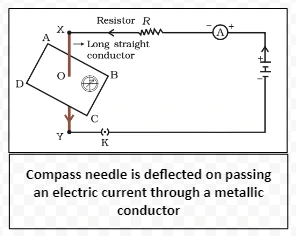
Hans Christian Oersted (1777–1851):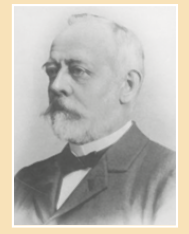
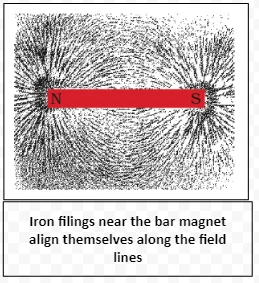
Visualization of Magnetic Field Lines with Iron Filings: Magnetic Field Patterns and Lines
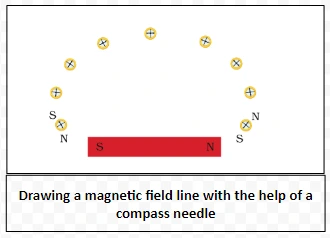
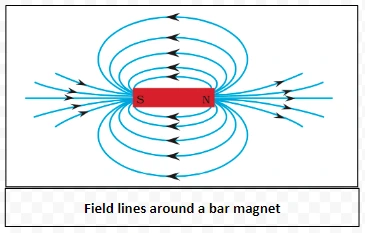
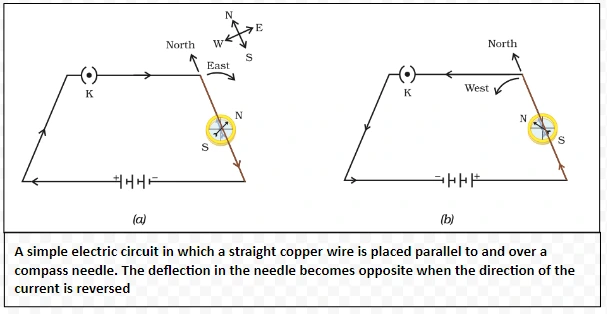
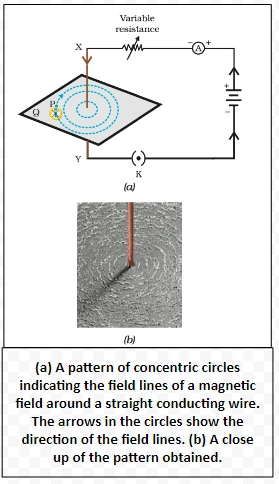
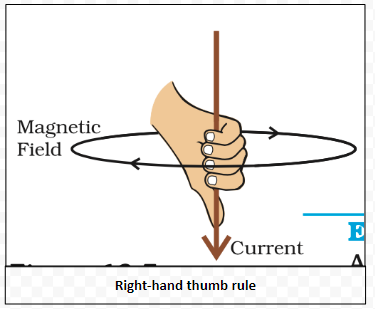

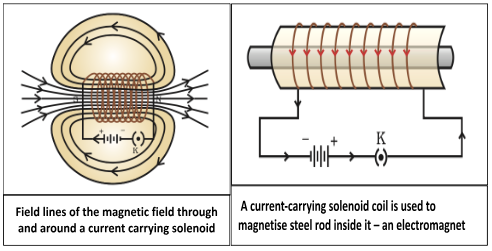
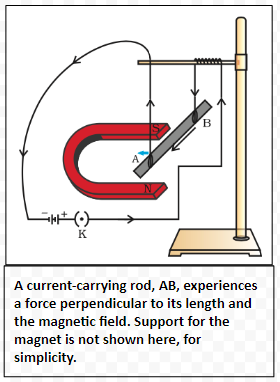
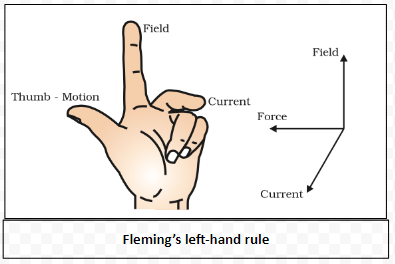
<div class="new-fform">
</div>
